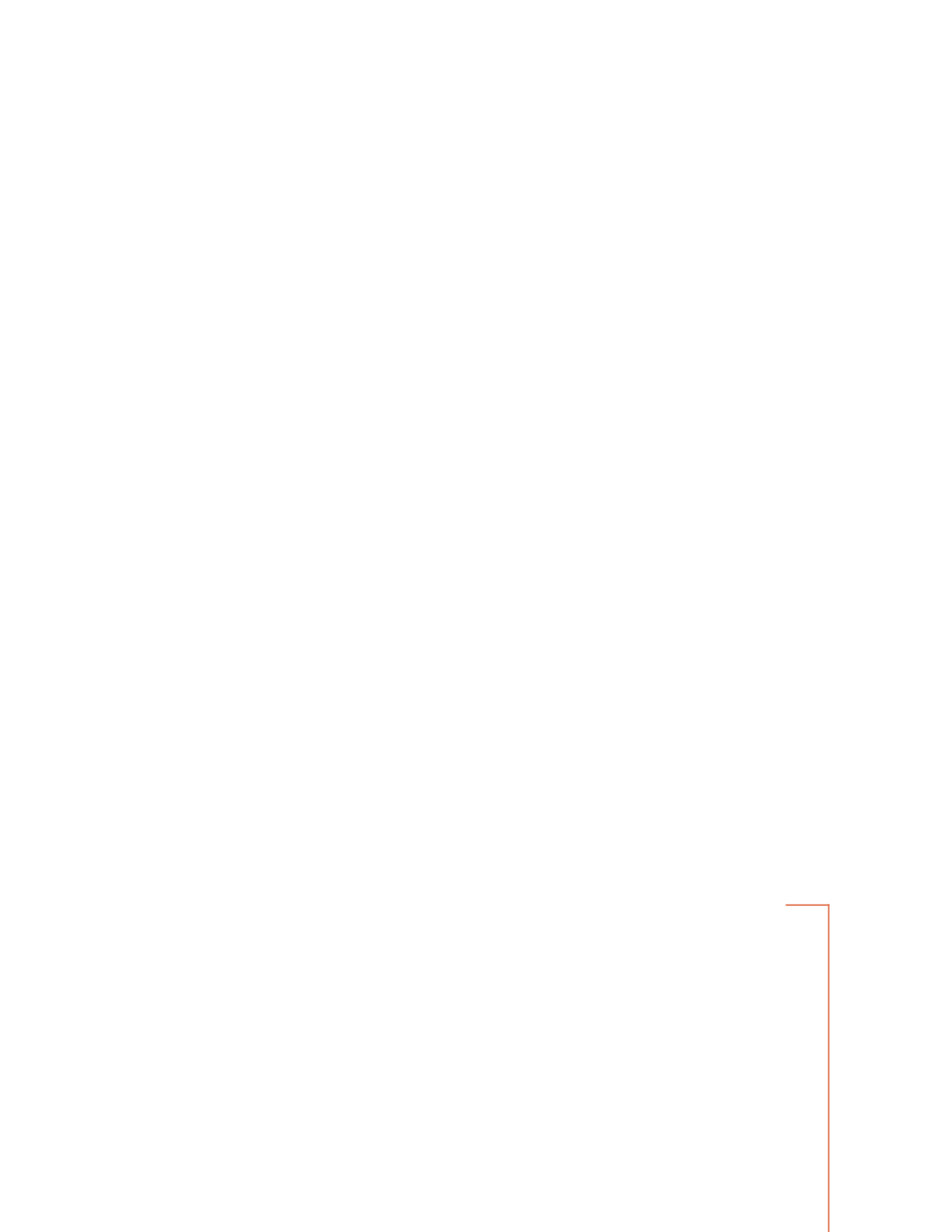
166
2.6 Other laser photocoagulation studies
In a retrospective study, Soubrane et al.
(18)
demonstrated
the absence of benefits for the treatment of extrafoveal
and juxtafoveal occult neovascular lesions. Scatter or grid
photocoagulation revealed to be ineffective in ill-defined
neovascular lesions
(18)
.
In an attempt to preserve the foveal centre, Coscas et
al
(19)
described a form of ring treatment for subfoveal
membranes. This randomized, placebo-controlled study
included eyes with VA 20/200–20/1000. Treatment sur-
rounded the 400 central µ of the central avascular area.
After one year, baseline VA has been maintained or
increased in 41% of treated eyes and only 20% of non-
treated eyes. This technique was not well received.
Several groups determined the efficacy of laser photoco-
agulation in eyes with AMD and PED. In MPS studies,
cases with PED were excluded. The Moorfields Macular
Study Group
(17)
showed that grid laser photocoagulation
of “pure” PED (with no clinical or angiographic signs of
choroidal membrane) had worsened prognosis in terms
of VA.
With the advent of indocyanine green (ICG) angiogra-
phy, enhanced imaging of occult CNV allowed a charac-
terization of at least 2 forms of occult CNV: a plaque of
late staining and a focal area of active vessel proliferation
or a so-called “hot spot”
(22,23)
. ICG-laser photocoagula-
tion was used in several centers
(23-28)
, in uncontrolled
studies, to treat these hot spots with apparently relative
success. Polypoidal choroidal vasculopathy (PCV) and
retinal angiomatous proliferation (RAP), two AMD
sub-types, represented the great majority of these treated
cases. Laser photocoagulation in RAP lesions have
shown very poor results with a high rate of persistence
and recurrences
(29-30)
. Better results may be obtained in
early lesions with extrafoveal hot spot resulting in stabi-
lization of the pathology and visual acuity. However, an
accurate follow-up is mandatory after the treatment due
to the high rate of recurrences.
Direct laser photocoagulation of polypoidal lesions has
shown controversial results
(31-34)
. Treatment of leaking
polyps has proven short-term safety and efficacy for extra-
foveal lesions
(31-32)
. Yuzawa et al
(33)
reported good efficacy
of laser photocoagulation in near 90% of the eyes if all
the polyps and abnormal vascular network were treated.
If the treatment involved only the polyps more than half
of the eyes suffered VA decrease related with exudation,
recurrences, or foveal scars. Considering the possibility
of using other treatment modalities, laser photocoagula
tion should be reserved for well defined extrafoveal active
polyps.
2. 7 Conclusion:
Laser photocoagulation remains currently indicated
for the treatment of well-defined extrafoveal choroidal
membranes. For classic juxtafoveal membranes, laser
photocoagulation could theoretically be considered as an
option for cases in which the entire neovascular lesion
can be treated without damaging the fovea. However,
considering the great incidence of persistence and recur-
rences, intravitreal antiangiogenic agents are the first
treatment option. Photodynamic therapy with vertepor-
fin and antiangiogenic agents eliminated all indications
for the treatment of subfoveal neovascular lesions, with
laser photocoagulation.
Correspondence concerning this article can be sent directly to the author through the email:


